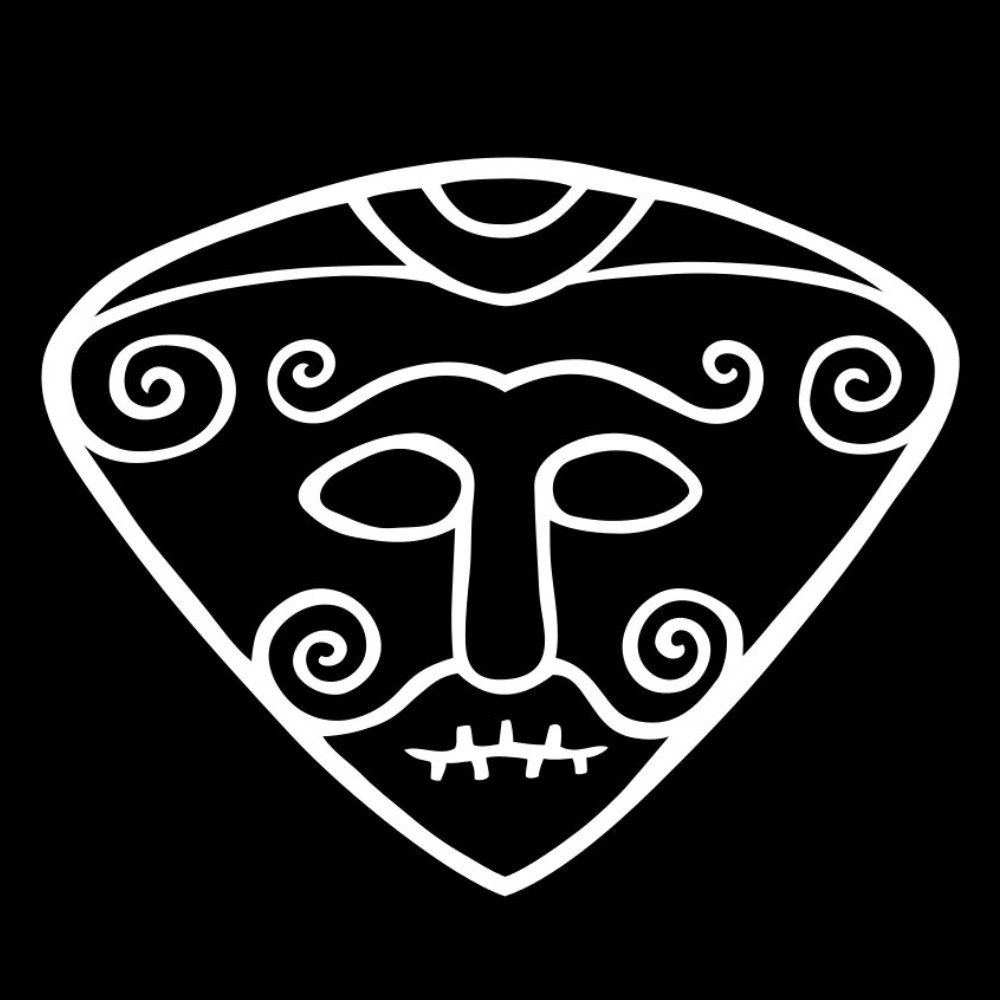I just finished reading 1984 and realized that the Rosetta Stone may have been created to preserve known history.
It had never occurred to me that an entire language and it’s nuances are necessary to maintain historic integrity. We may have been able to decipher hieroglyphs without a translator, but could we do it with precision enough to learn anything truthful. Can we do that now is a thoughtful question as well i guess.
I’m certain this is not an original thought, and only want to talk about the book. I think i heard somewhere that the stone was created for trade purposes as well.
The stone was a part of a steele that was displayed in a temple.
The translated text is essentially an announcement or decree for a new Egyptian regime, and wasn’t necessarily written with the intent to preserve history.
The reason why it’s in three languages is because each of those languages served a different purpose.
“hieroglyphs (suitable for a priestly decree), Demotic (the cursive Egyptian script used for daily purposes, meaning ‘language of the people’), and Ancient Greek (the language of the administration – the rulers of Egypt at this point were Greco-Macedonian after Alexander the Great’s conquest.”
You can read more about it here or do your own research. https://www.britishmuseum.org/blog/everything-you-ever-wanted-know-about-rosetta-stone
Thank you for that. It may have simply been a reminder about the knew 13 year old ruler, but there is always a conspiracy to fantasize about.
In fact, the text on the Stone is a copy of a prototype that was composed about a century earlier in the 3rd century BC. Only the date and the names were changed.
What happened in the 3rd century? Why did they choose to only make a prototype? How deep does this go?
Not sure - you’d have to do some research on what that article is referencing. Search “Decree of Memphis” - that’s essentially what’s written on the Rosetta Stone.
For the history of those decrees you may want to look into “Ptolemaic decrees”
AfaIk, the Rosetta stone contains a Ptolemic decree which was, to be broadly understood, usually published in all three official languages / writings in Ptolemic Egypt, i.e. Greek and ancient Egyptian in Hieroglyphs and Demotic writing.
I mean, stone carvings are always meant to preserve history. That’s why they’re in stone.
Nothing quite so explicit as that I think, though obviously preserving something is always the intent when carving shit into stone.
Ptolemaic Egypt was a culture populated by Greek and Egyptian speakers. Of those who were literate, many would only be able to read Demotic or Greek, but meanwhile there is a 2500 year history (at THAT time. Egypt is ridiculously old) of Hieroglyphics being the “official” way to write things down, and the scribal and priestly classes would be part of the cultural elites. Combine that with the Ptolemies attempting to situate themselves as both continuing Alexander’s legacy and being fully Egyptian, and there will be a place for all three scripts. Engraving laws onto stones and placing them in prominent public spaces would have been a pretty common way to “publish” them in a way that’s meant to be durable and secure. See the Code of Hammurabi and Draco’s code for just a couple of examples.
The fact that Alexandria was cosmopolitan and had a sophisticated regime ruled by elites who were foreign but invested in the local traditions created a situation where this was done often enough for some to survive, several in fact, although the Rosetta Stone was the first found/identified.
I guess hieroglyphics were to the priesthood of the time what Latin is to the Catholic church today. A dead language that you artificially keep alive in order to situate yourself in some sort of historical legacy.
Seems like it was pretty analogous, though it seems like there was a ritual value to hieroglyphics and the older forms of the language that’s a few steps beyond even what ecclesiastical Latin is today. I would say there would be a certain sense that something could only have top-tier religious import if it was set down in Medut Netjeru (“the Words of the Gods”). I thought this article by an Egyptologist was pretty interesting.


